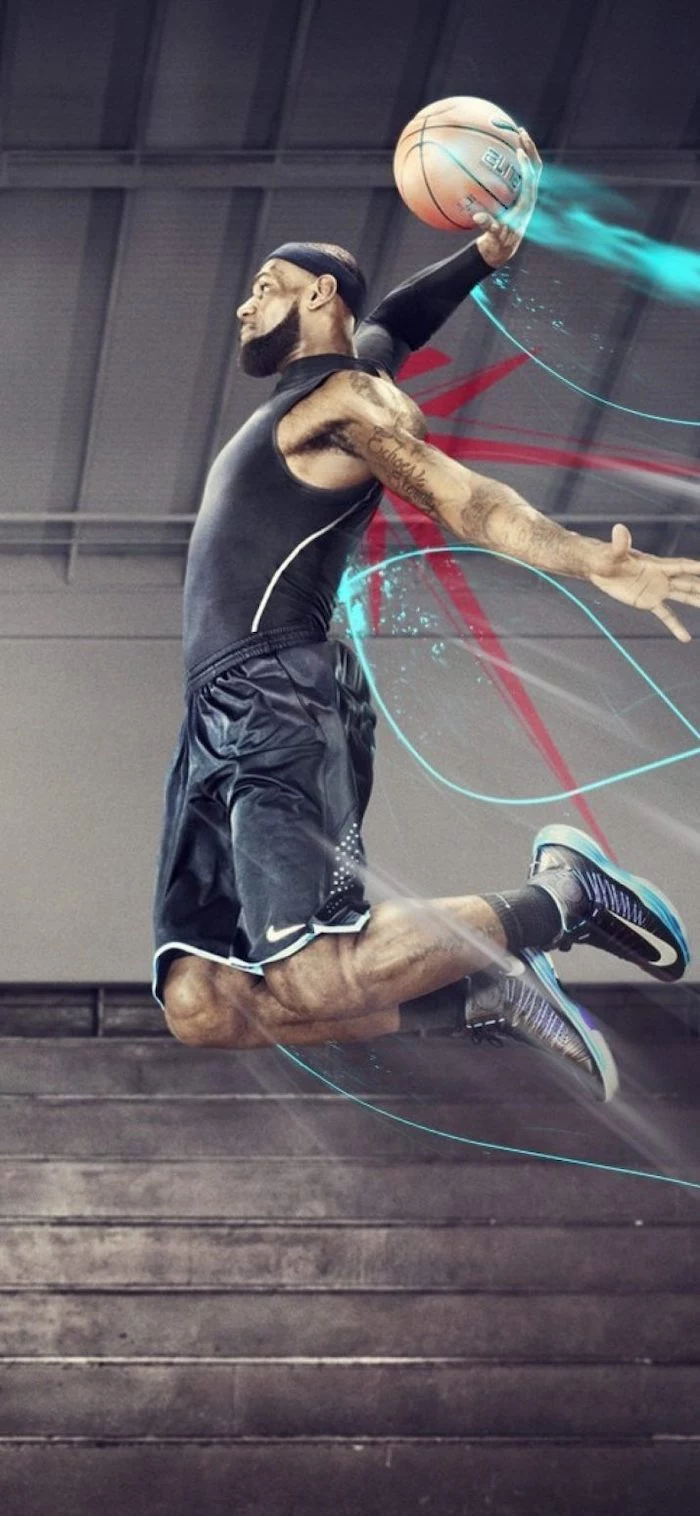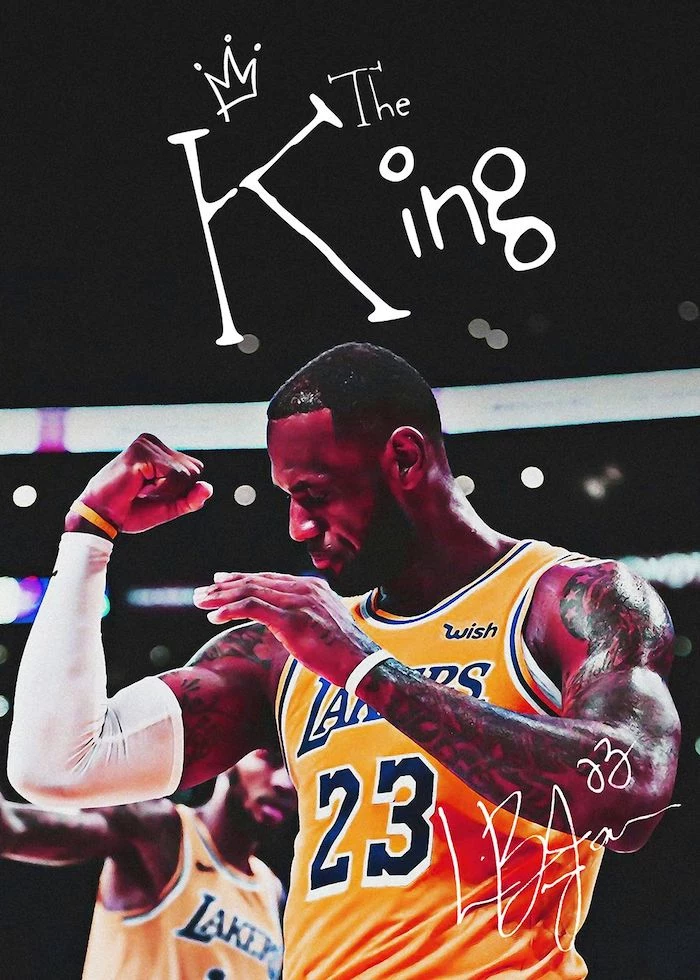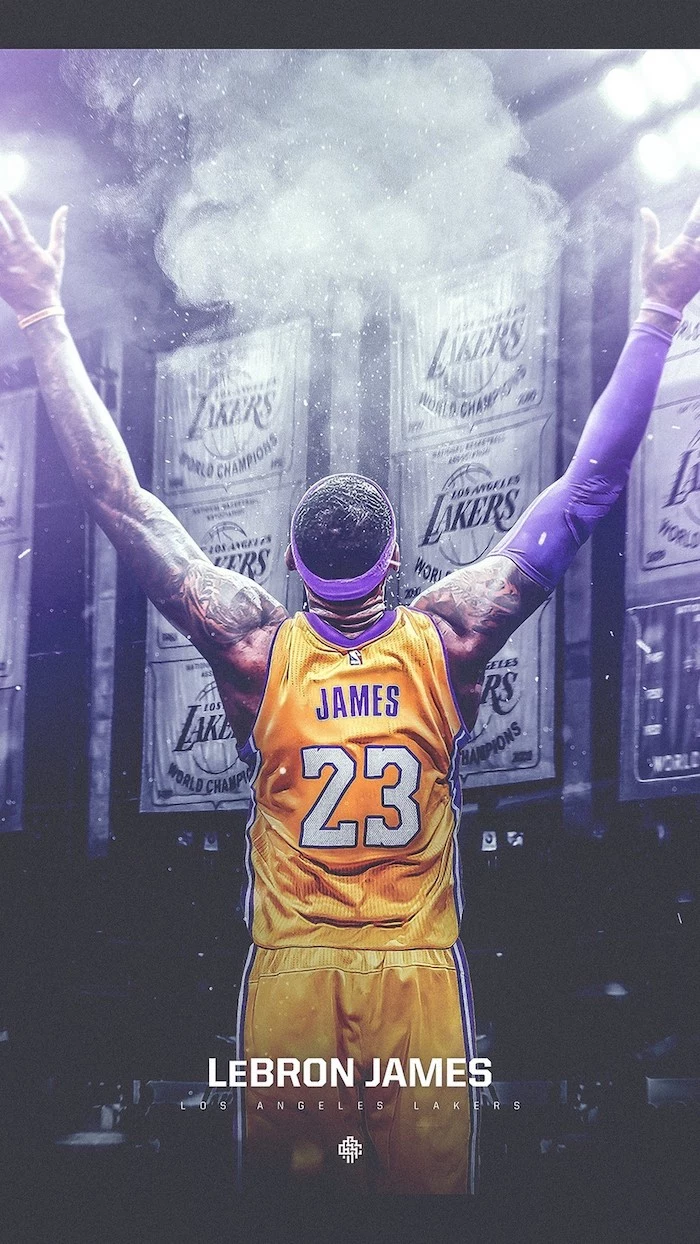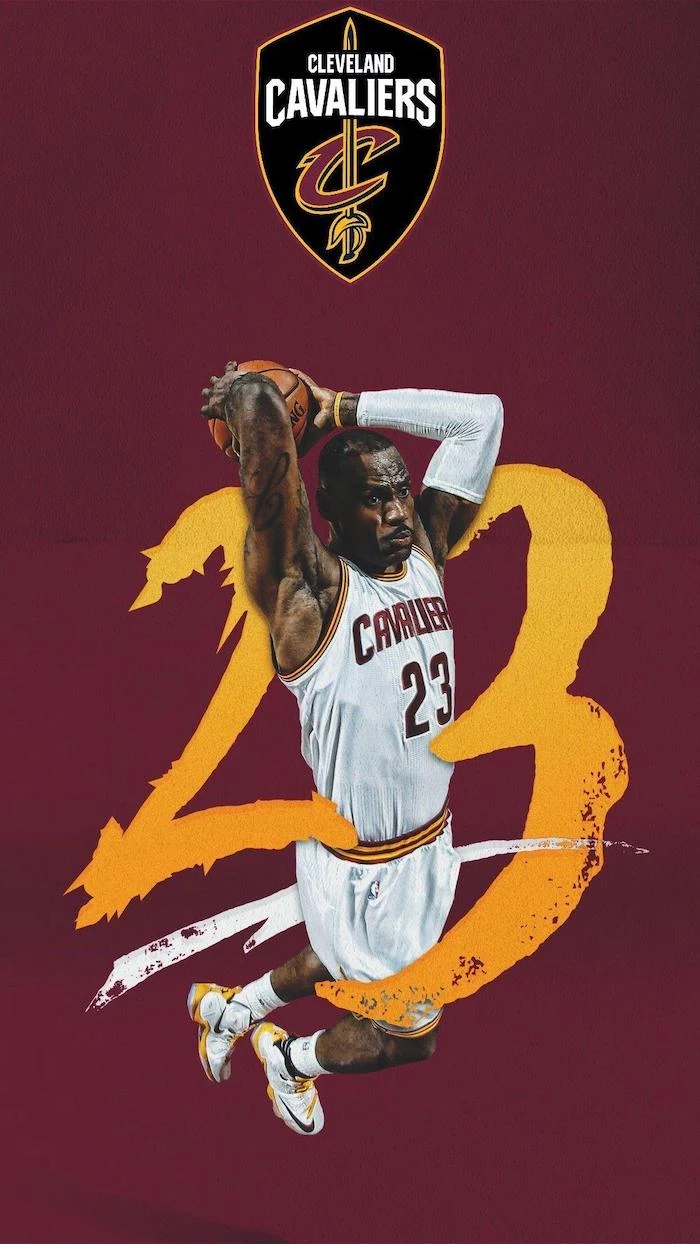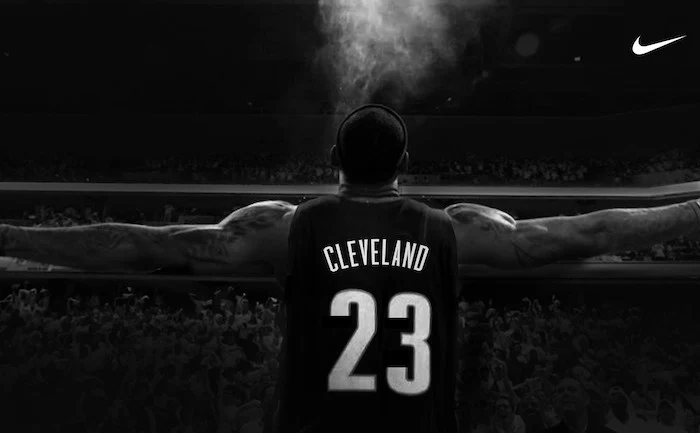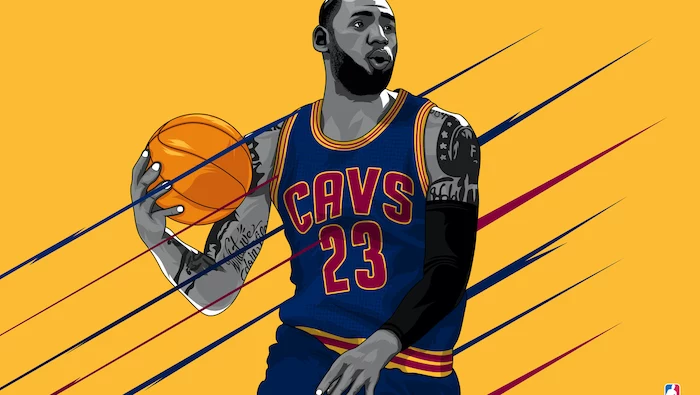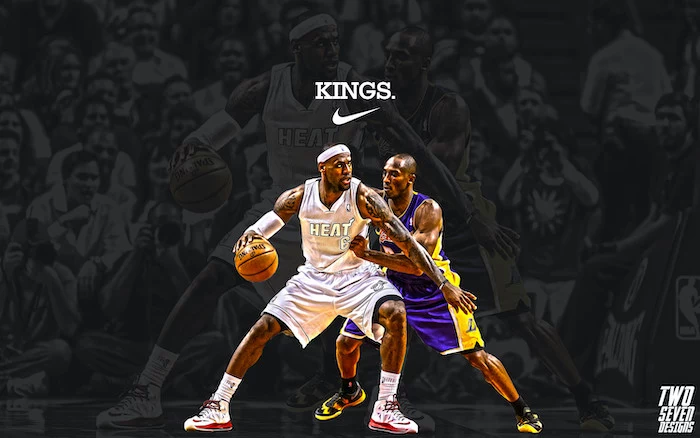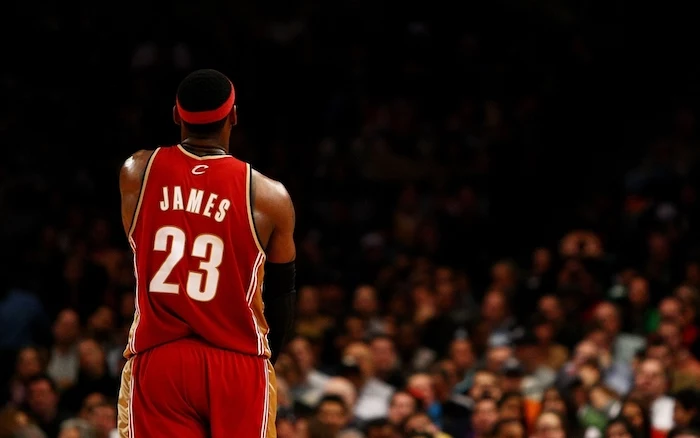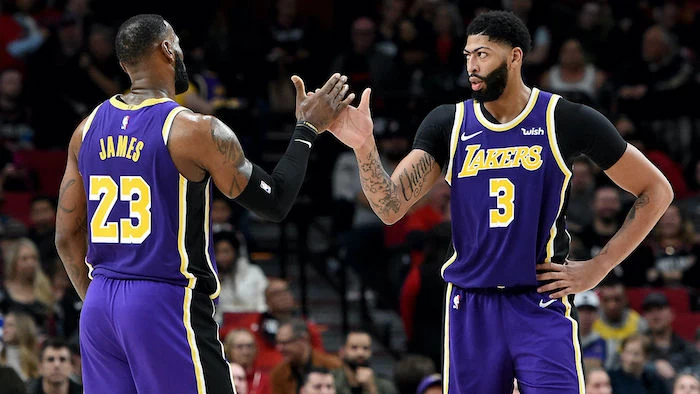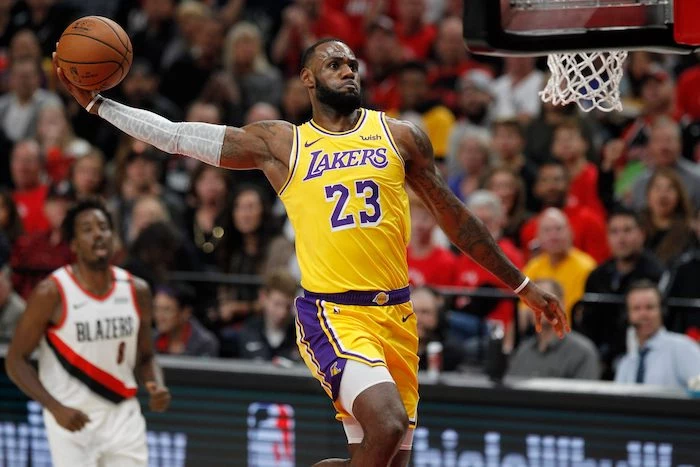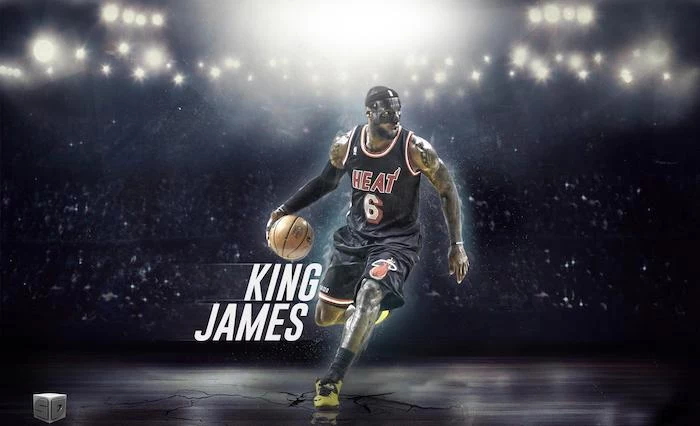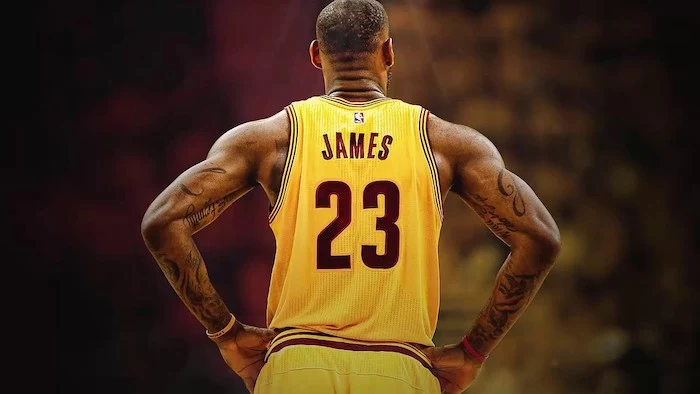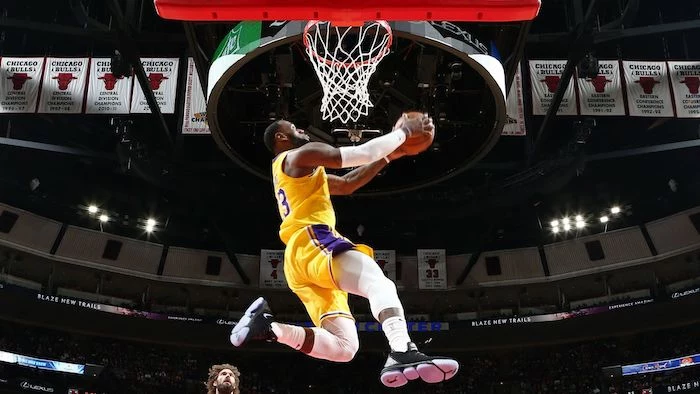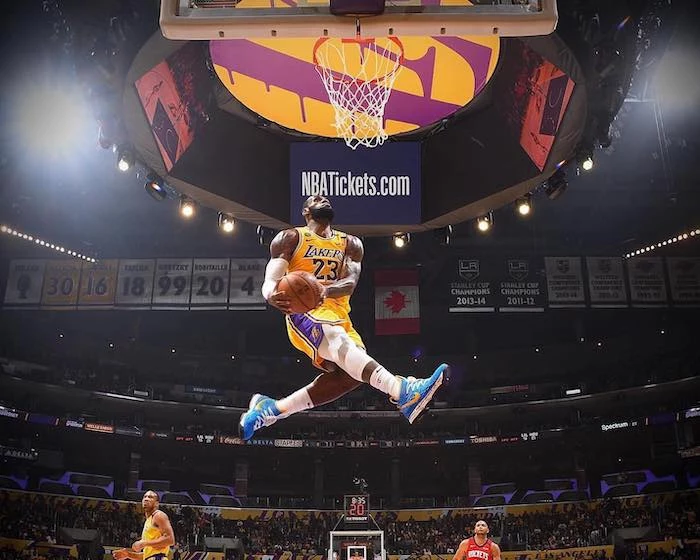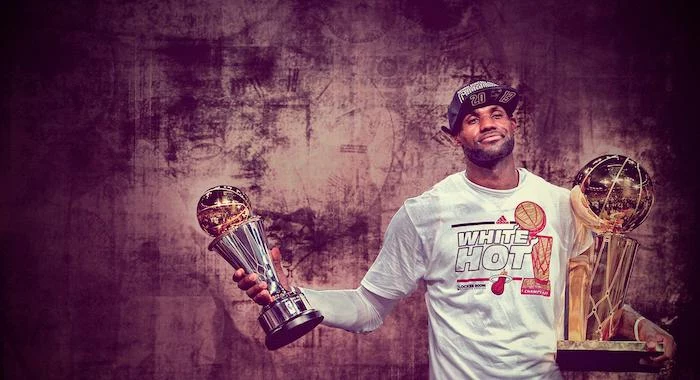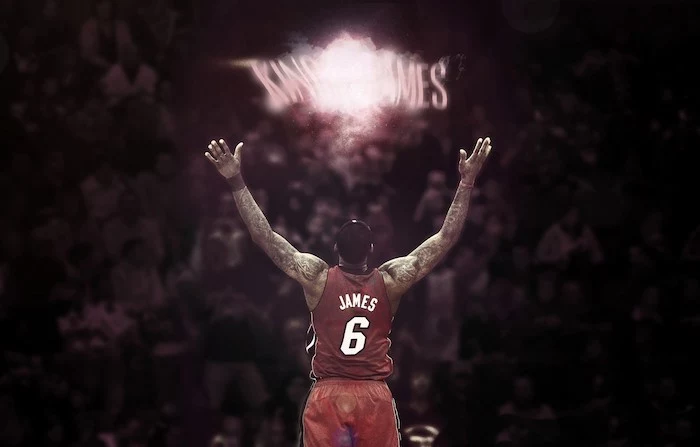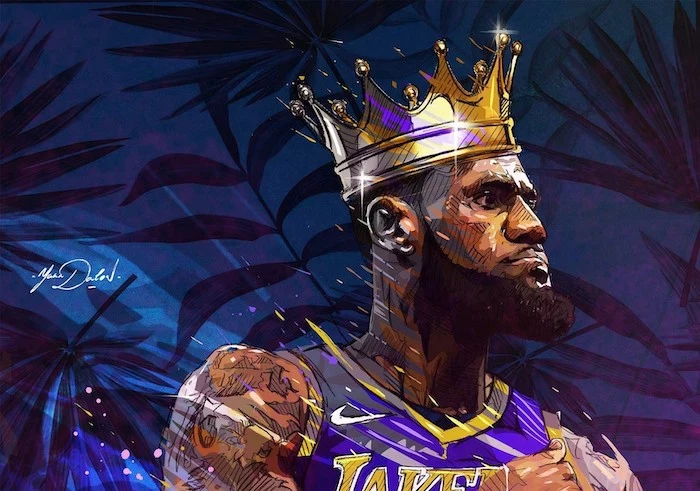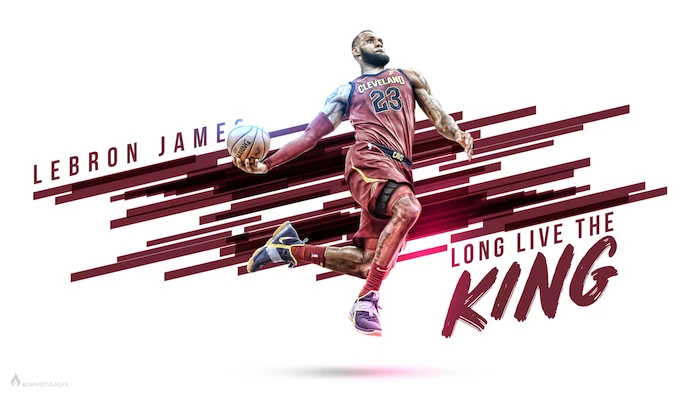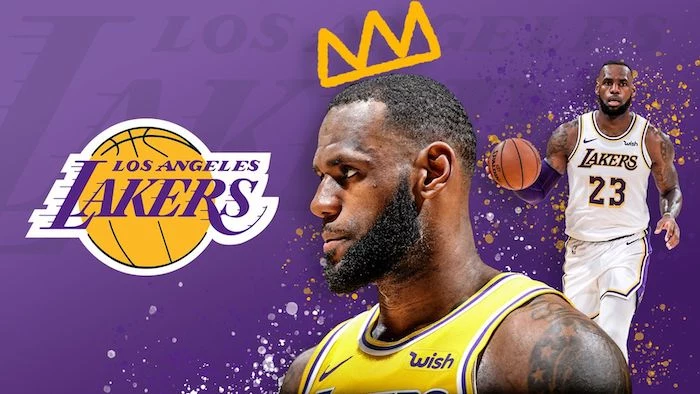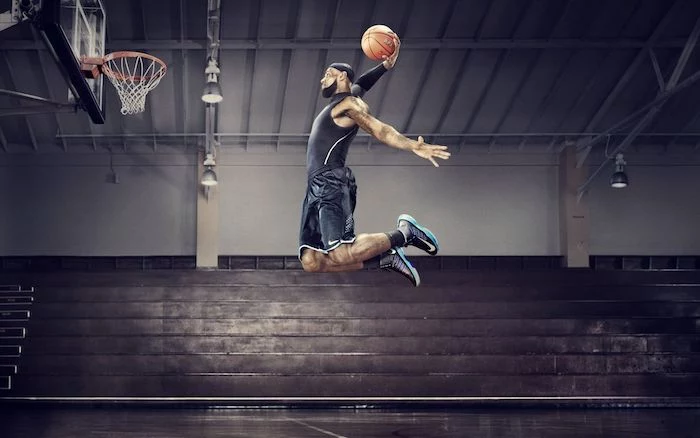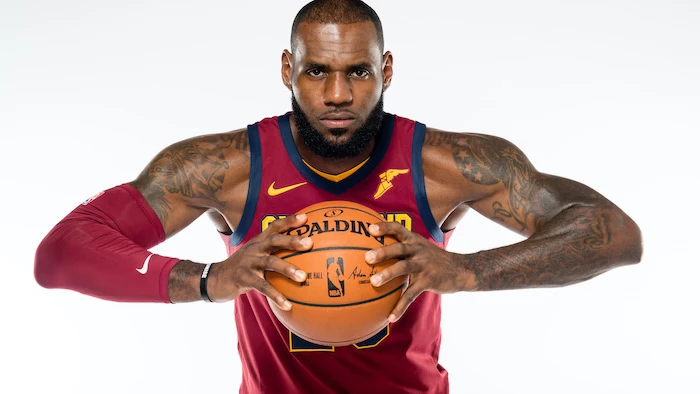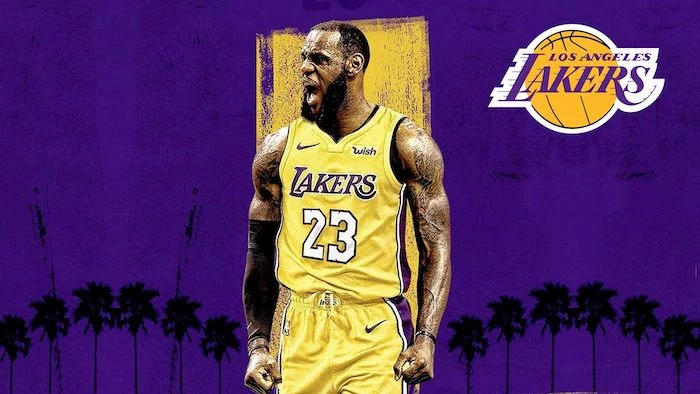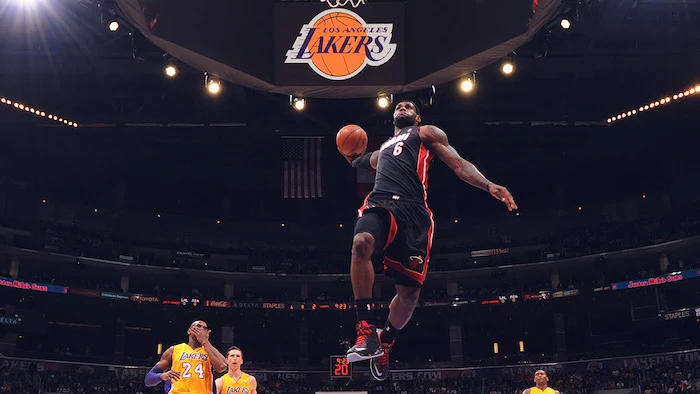More Than an Athlete: The Blueprint for a Two-Decade Career at the Top
I’ve been obsessed with professional basketball for what feels like a lifetime. I watched the Showtime era wind down and saw the rise of the league’s most iconic shooting guard. So, when a kid from a small industrial town landed on a major sports magazine cover, hailed as the next big thing, I was skeptical. We’ve all seen can’t-miss prospects who, well, miss. But from his very first game, you could just tell this one was different.
In this article
For over two decades, I haven’t just been a fan; I’ve been a student of his game. And what I’ve realized is that his career isn’t one single story. It’s a series of reinventions—a masterclass in managing your body, adapting your skills, and handling a level of public pressure that would crush most people. To really get it, you have to look past the dunks and see the subtle shifts in his game, the strategic mind at work, and the incredible science that keeps the engine running.
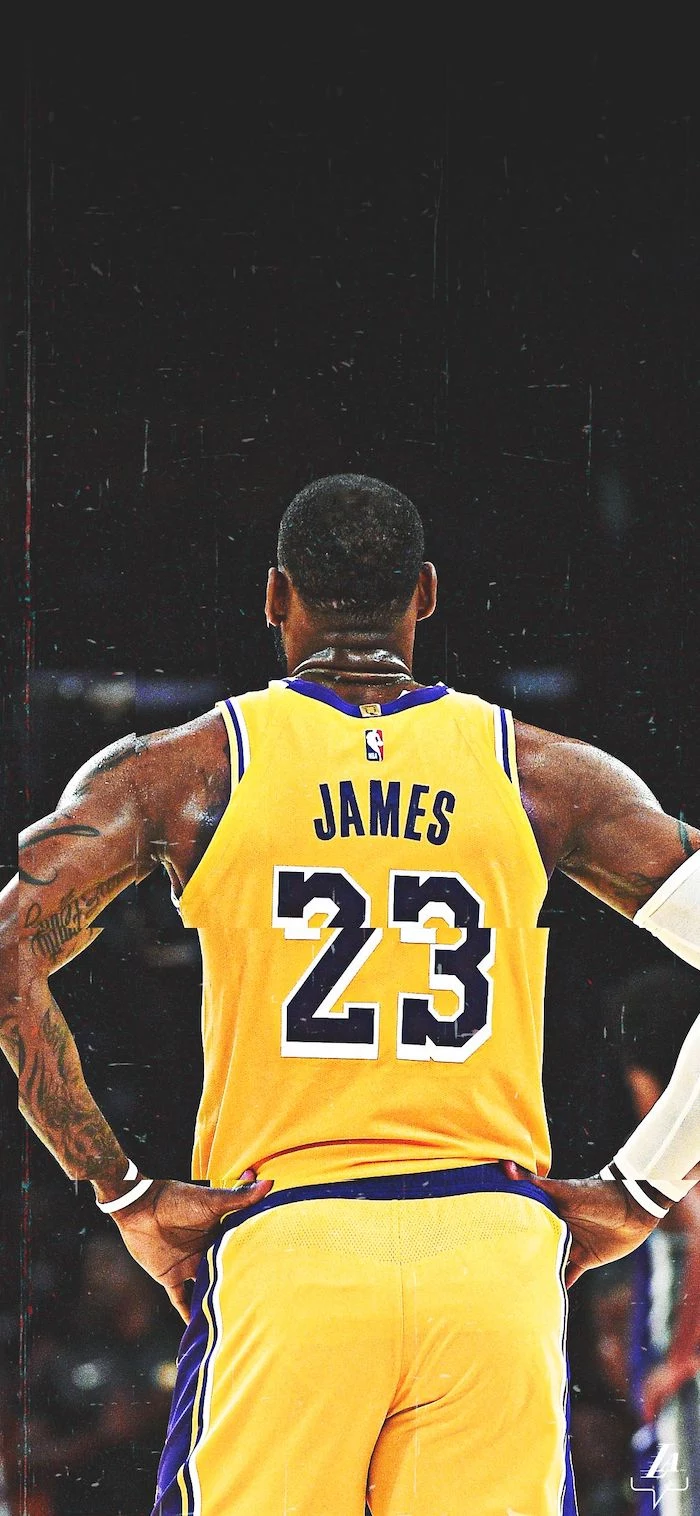
The Unbelievable Science of a Modern Athlete
It’s easy to just call him a physical freak and move on, but that’s lazy. The reality is a specific and rare combination of raw power and intelligent application. Standing at a towering height with a 250-pound frame, yet moving with the agility of a point guard, is something that just doesn’t happen often. The physics behind his signature moves are, frankly, a little mind-bending.
The Physics of Getting to the Rim
When this guy drives to the hoop, it’s a pure lesson in force and momentum. That first step is just a bomb going off. He uses his core strength—not just his legs—to turn stored energy into an explosive forward burst. With his mass moving at that speed, stopping him without fouling is a defender’s nightmare. It’s a classic physics equation in motion: Force = Mass x Acceleration. He maximizes both sides of the equation better than almost anyone ever has.
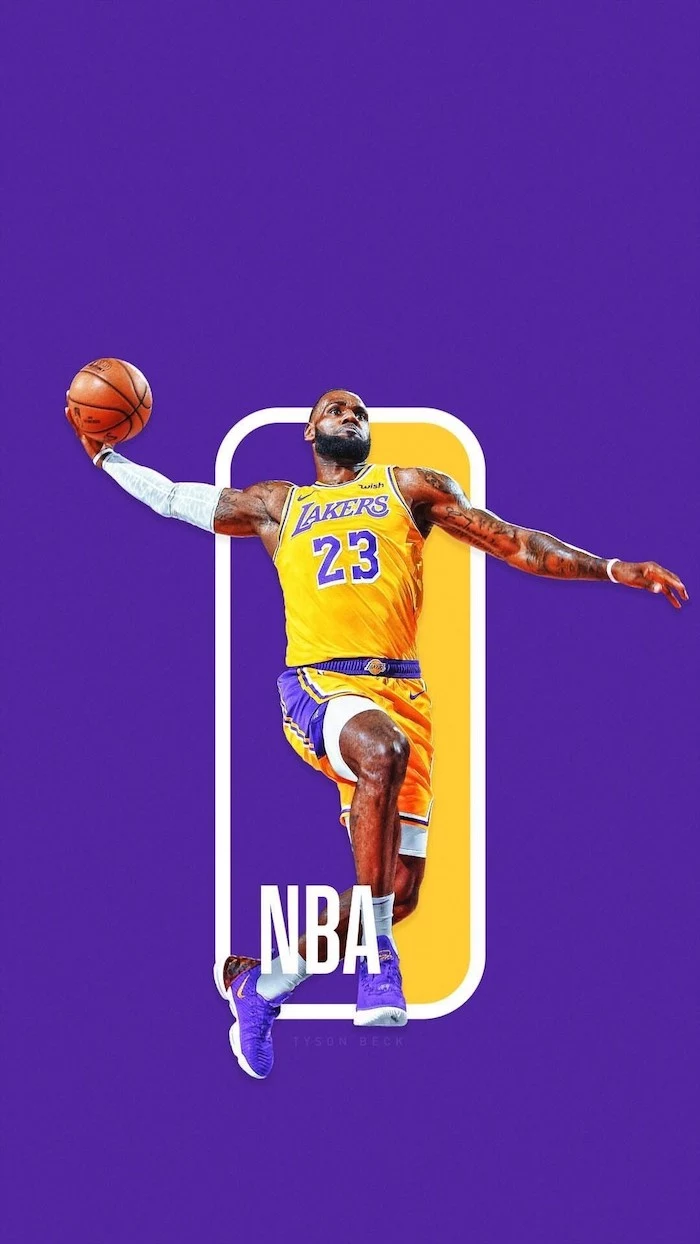
And then there’s the footwork. He perfected moves like the Eurostep, which lets him change direction without losing speed. It’s a brilliant way to navigate through defenders, redirecting his momentum to avoid charging fouls while staying on a direct path to score.
The Art of the Chasedown Block
The chasedown block is his calling card on defense. That one in the Finals, the one that basically sealed a historic comeback, is legendary for a reason. If you look it up online, you can see the sheer athleticism on display. To even get there, he had to sprint nearly the full length of the court, hitting a top speed of over 20 miles per hour… late in a critical game!
But it’s not just about speed. It’s the timing and the vertical leap at the end. He has to launch his jump at the perfect moment to avoid goaltending, catching the ball just as it reaches its peak. This showcases his incredible anaerobic capacity—the ability to deliver a massive burst of power after already being exhausted. That’s not luck; that’s conditioning.
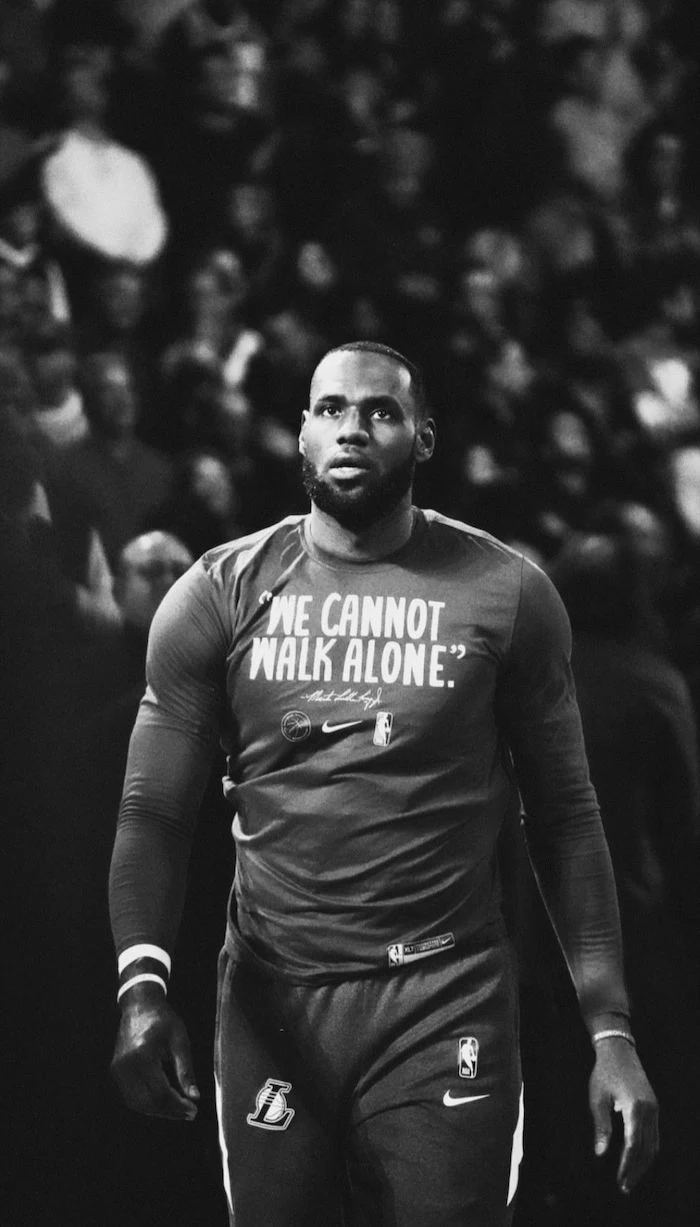
The Million-Dollar Body and the Science of Longevity
Maybe the most impressive part of his story is just how long he’s been able to do this. Competing at an elite level for twenty years isn’t an accident; it’s a full-on scientific commitment. You hear whispers that he spends over a million dollars a year on his body, and honestly, I believe it.
So, what does a million-dollar investment in your body actually look like? It’s not just fancy massages. We’re talking about things like:
- Cryotherapy & Hyperbaric Chambers: These are used to drastically reduce inflammation and speed up muscle recovery through extreme cold or pure oxygen environments.
- Personal Chefs & Nutritionists: A strict, personalized diet designed to fuel performance and aid recovery, changing based on the season and his physical needs.
- Advanced Recovery Gear: Think NormaTec compression boots, which you can actually buy yourself now for between $800 and $1,200. They use compressed air to massage limbs, increasing circulation and reducing soreness.
- A Team of Experts: He works constantly with biomechanics specialists and a personal trainer who has been with him for years, focusing on preventative care to avoid the kinds of injuries that end careers.
This isn’t just a luxury; it’s a non-negotiable part of the job at that level. It’s how you survive the grind.
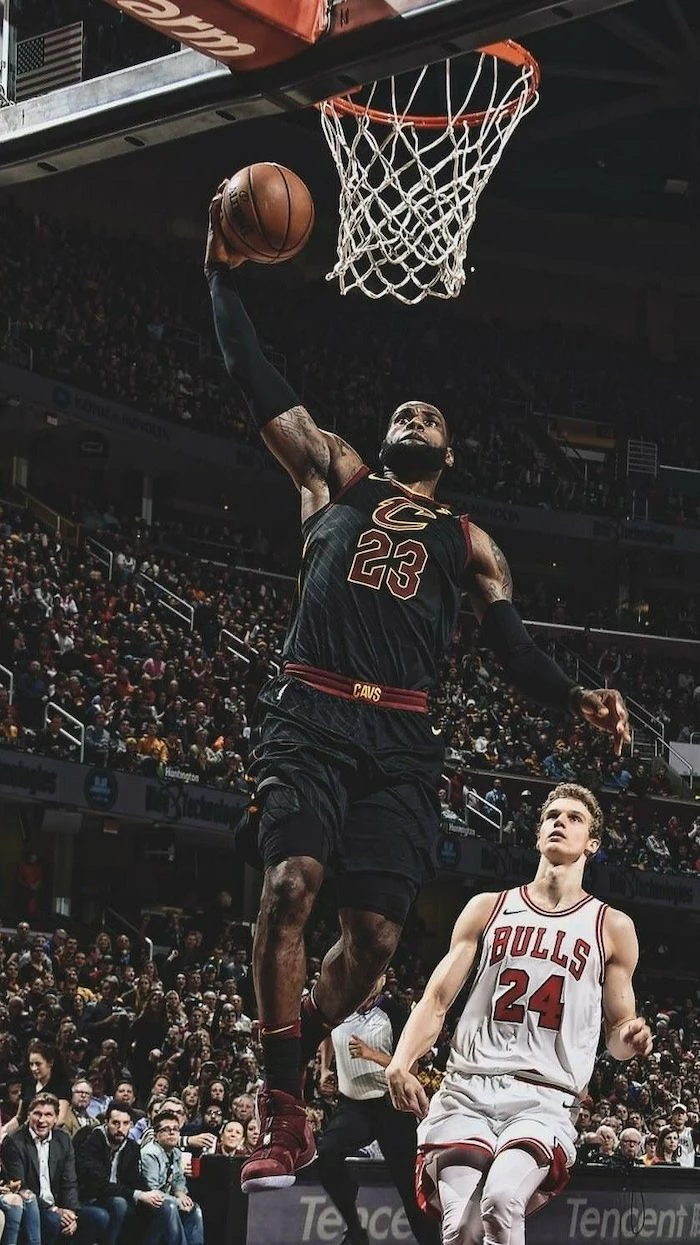
The Four Acts: How a Player Evolves to Stay on Top
Greatness isn’t static. The game changes, opponents figure you out, and your own body ages. The truly legendary players are the ones who adapt. You can break his career down into four distinct phases, each marked by a deliberate evolution in his skill set.
Act 1: The Hometown Hero – All Power, Some Problems
In his first stint with his hometown team, he was an absolute force of nature. His game was simple: overwhelming, raw athleticism. He was bigger, stronger, and faster than anyone guarding him, and he got to the rim whenever he wanted. But he had holes in his game. His jump shot was shaky, and smart defensive teams would sag off him, daring him to shoot from the outside. I remember watching him in one of his early Finals appearances against a disciplined, veteran team. Their coach had a simple plan: pack the paint and turn him into a jump shooter. It worked flawlessly, and it was a brutal lesson on the limits of raw talent.
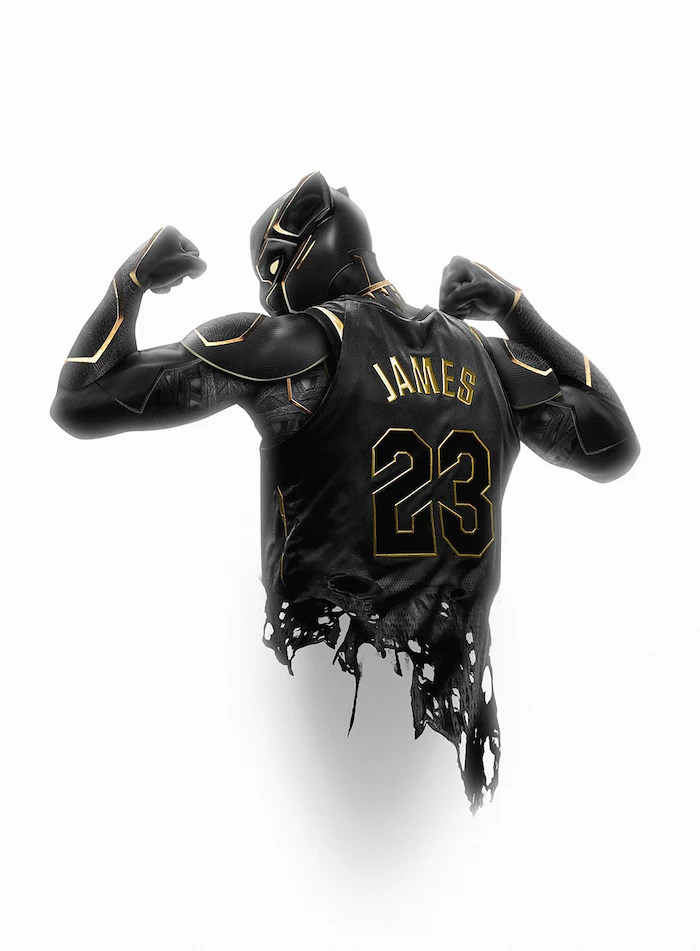
The Lesson: Raw talent will eventually hit a wall. Without refined skills to back it up, you can be beaten by a smarter strategy.
Act 2: The Miami Experiment – Polishing the Rough Edges
His move to a new team in the south was polarizing, to say the least. But from a basketball perspective, it was the best thing that could have happened to him. Suddenly, he was playing alongside another superstar and couldn’t just dominate the ball anymore. He had to learn to play off the ball, cutting and moving within a more structured offense.
The real turning point came after a tough Finals loss where he was criticized for being too passive. That summer, he famously sought out one of the all-time great post players to completely rebuild his low-post game. He added jump hooks, fadeaways, and counter-moves that gave him a reliable weapon when his drives were cut off. At the same time, his jump shot got dramatically better, going from a liability to a legitimate threat. This is where he went from a physical specimen to a complete player.
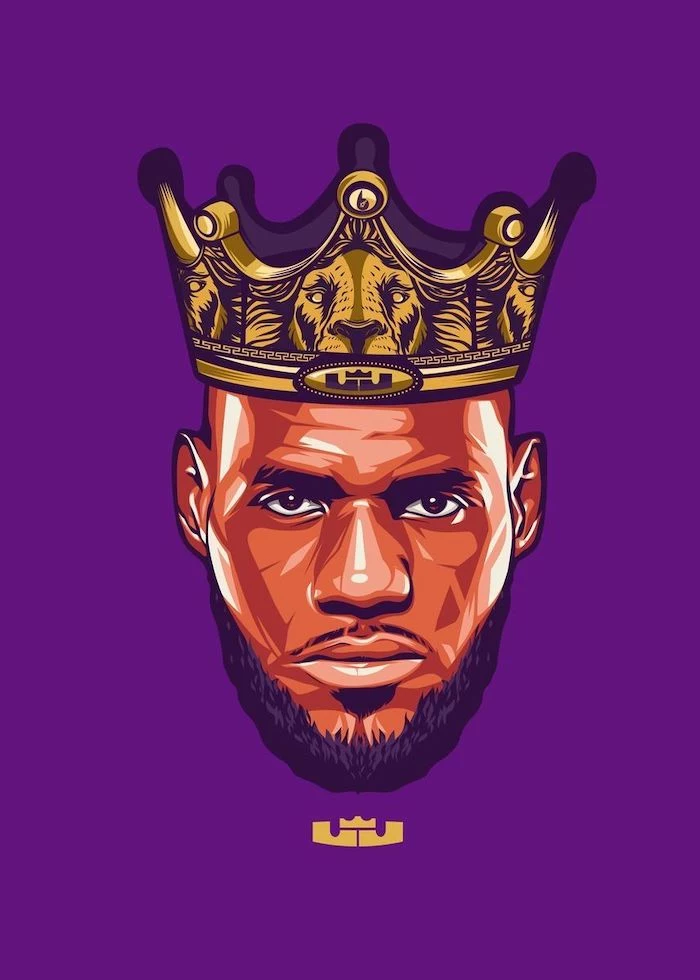
The Lesson: True growth comes from facing your biggest weakness head-on. Humbly fixing your flaws is what unlocks the next level.
Act 3: The Return & The Promise – The Master Strategist
When he returned home, he was a different animal. The explosive athleticism was still there, but it was no longer his primary weapon. His mind was. He became a coach on the floor, patiently dissecting defenses, directing traffic, and exploiting mismatches with surgical precision. This was never more obvious than during the championship run where his team came back from a 3-1 deficit against a record-setting opponent. He didn’t just outplay them; he out-thought them. He controlled the tempo, hunted specific matchups, and imposed his will on the series through sheer basketball IQ.
Quick Tip: Next time you watch one of his games, try this. For a full possession, don’t watch the ball. Just watch him. See how he’s constantly talking, pointing, and putting his teammates in the right spots before the play even develops. You’ll see the strategist in real-time.
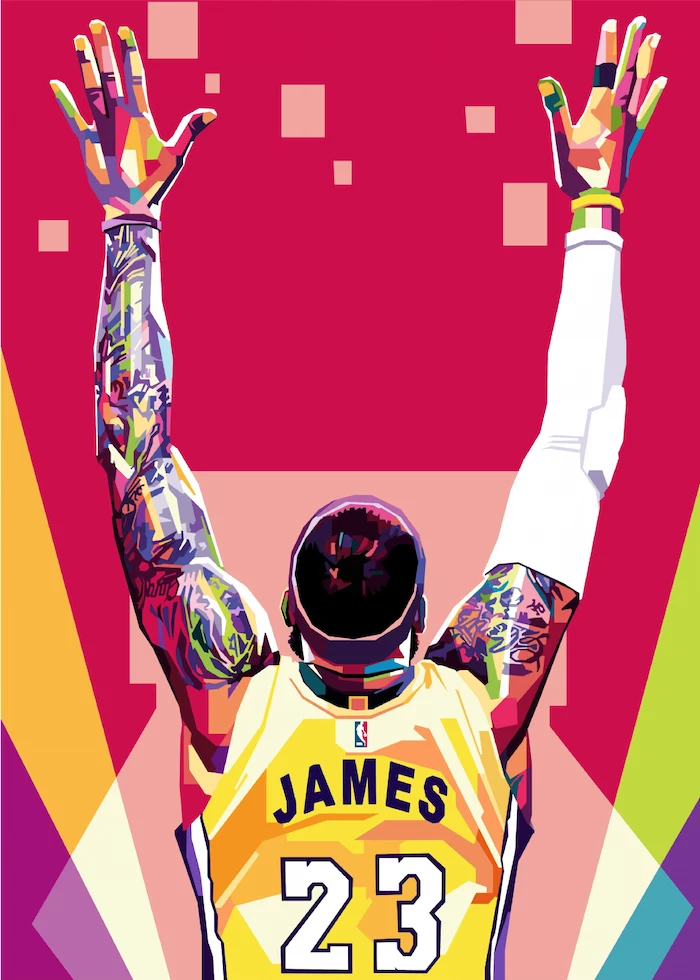
Act 4: The Hollywood Chapter – The Point God
In the final act of his career, with a new team in a city of stars, he adapted once again. As his peak athleticism naturally faded, he leaned even further into his intellect, transitioning into a full-time point guard. He led the league in assists for the first time in his career, understanding that his best path to winning was now empowering his superstar teammate. This phase is all about efficiency and wisdom. He picks his spots, conserves his energy, and uses his two decades of experience to outsmart younger, more athletic opponents. He became the mentor, passing on his knowledge to the next generation.
The Lesson: The ultimate form of mastery is knowing when to shift from being the primary weapon to being the one who aims all the other weapons.
So, Is He the Greatest of All Time?
Ah, the endless debate. It’s the favorite argument in every barbershop and sports bar. But honestly, comparing him to the other main contender for the “GOAT” title is like comparing a master painter to a master sculptor. They achieved brilliance in different ways.
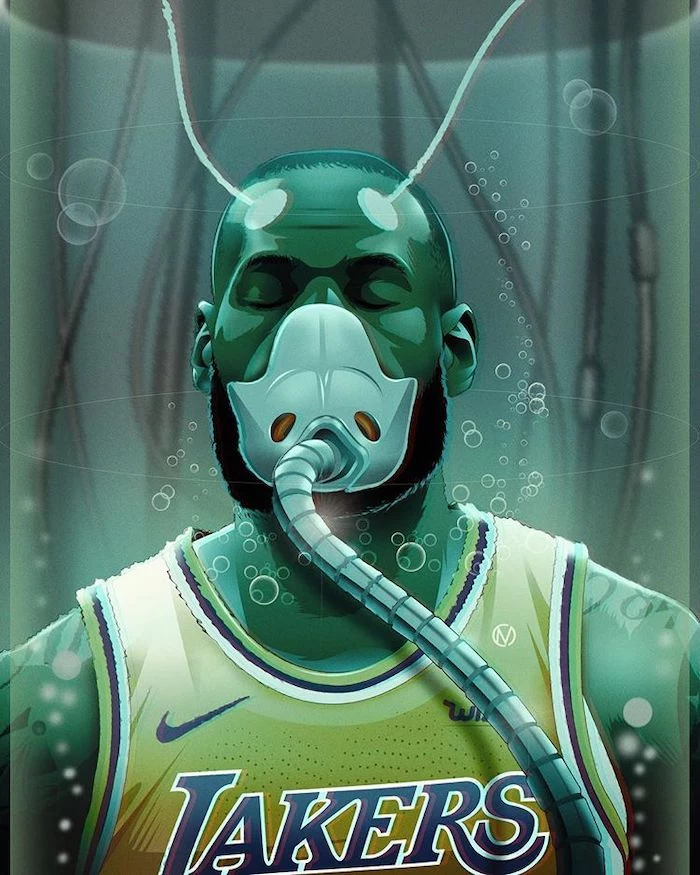
The legend from Chicago was a scoring artist. His game was built around an unstoppable mid-range jumper and a ferocious, competitive fire. He was a pure scorer, a shooting guard whose primary job was to destroy his opponent and put the ball in the hoop. The modern phenom, on the other hand, is a point forward—a facilitator first, a scorer second. His goal is to bend the entire defense to his will and find the best possible shot for the team, whether it’s for him or a teammate.
When it comes to playmaking, the modern player has a clear edge. His height and court vision are just on another level. But in terms of pure, cold-blooded scoring, the Chicago legend was unparalleled. Defensively? Both were monsters. The older legend was a lockdown perimeter defender with lightning-quick hands. The modern star’s value comes from his insane versatility—at his peak, he could legitimately guard every single position on the floor, a strategic advantage that is almost impossible to quantify.
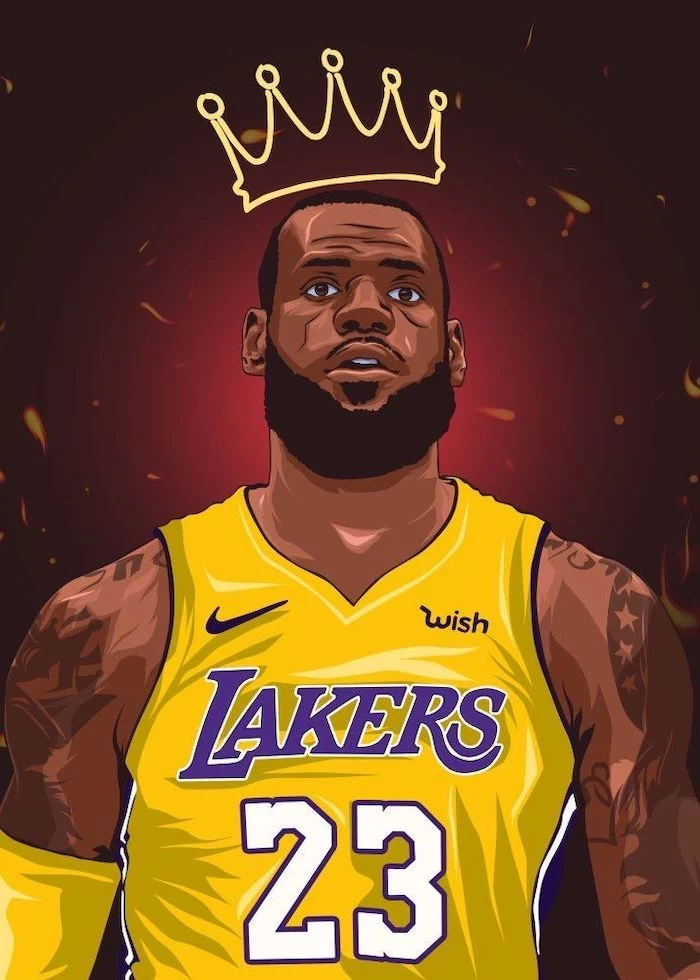
There’s no single right answer. Appreciating the unique genius of each is a much more rewarding exercise than trying to tear one down to elevate the other.
The Hidden Costs of Greatness
A career like this isn’t all highlights and championships. It’s important to be real about the toll it takes. A heads up for anyone chasing the top of their field: it comes with a price.
No athlete, no matter how well-prepared, is invincible. A major groin injury he suffered later in his career was a stark reminder of that. It was one of the first significant soft-tissue injuries he’d ever had, and it showed that even a million-dollar-a-year routine can’t eliminate every risk. The real skill is not just avoiding injury, but managing your mind and body through the grueling rehab process to come back just as strong.
And then there’s the mental side. This man has lived in the public eye since he was a teenager. Every decision, on and off the court, has been dissected and criticized. Being told to just “shut up and dribble” when speaking on social issues is part of the territory. Managing that constant pressure requires a mental fortitude that most of us can’t even imagine. It’s the unspoken challenge of reaching the summit: the work itself is hard, but the scrutiny can be even harder.

Inspirational Gallery
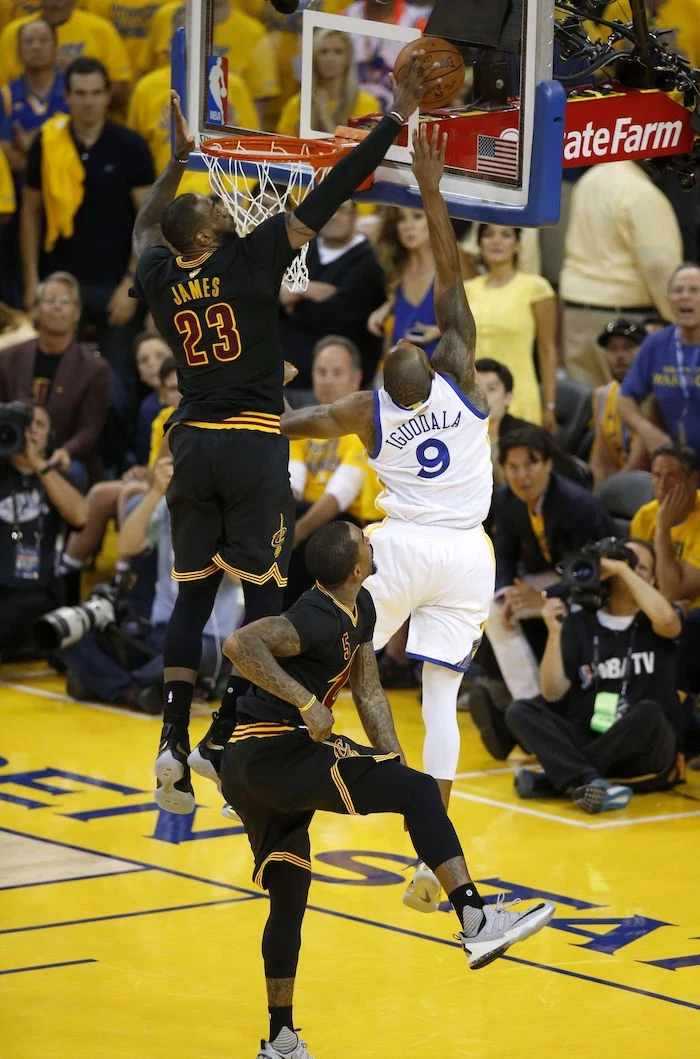
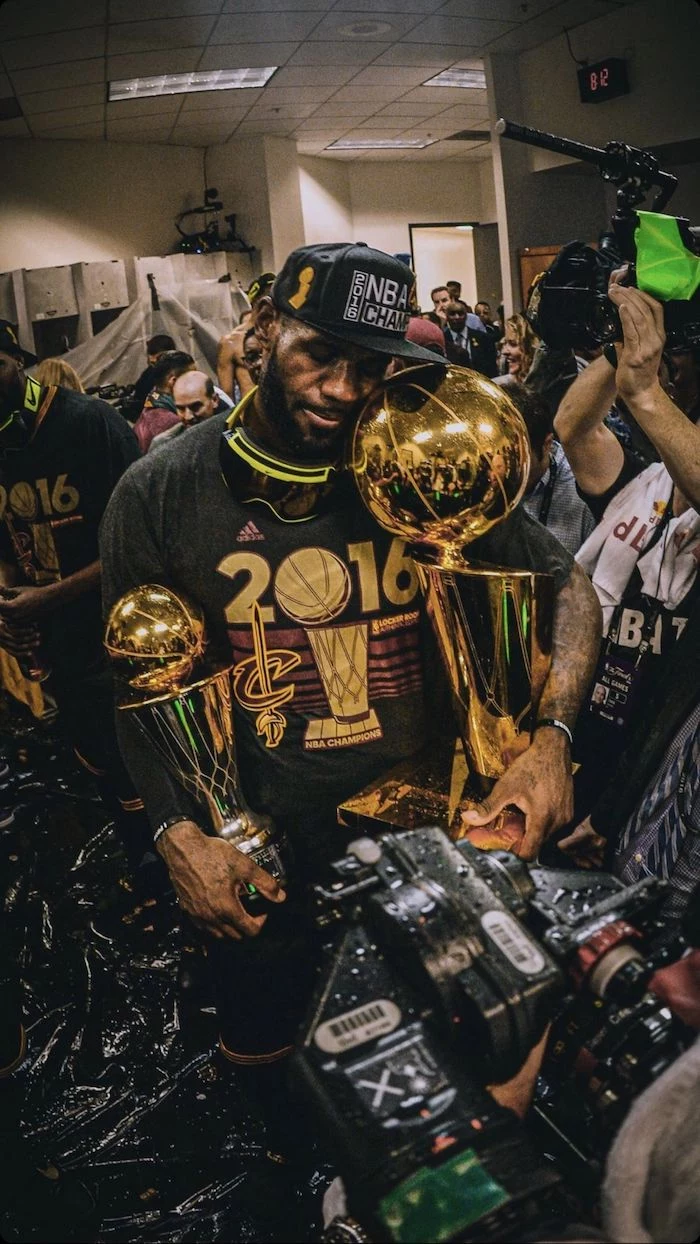
- Daily cryotherapy sessions to reduce inflammation.
- Use of NormaTec and Hyperice recovery compression systems.
- A personal biomechanist to analyze movement and prevent injuries.
The secret to his two-decade dominance? It’s not just talent; it’s a relentless, science-backed recovery regimen that treats his body like a high-performance engine.
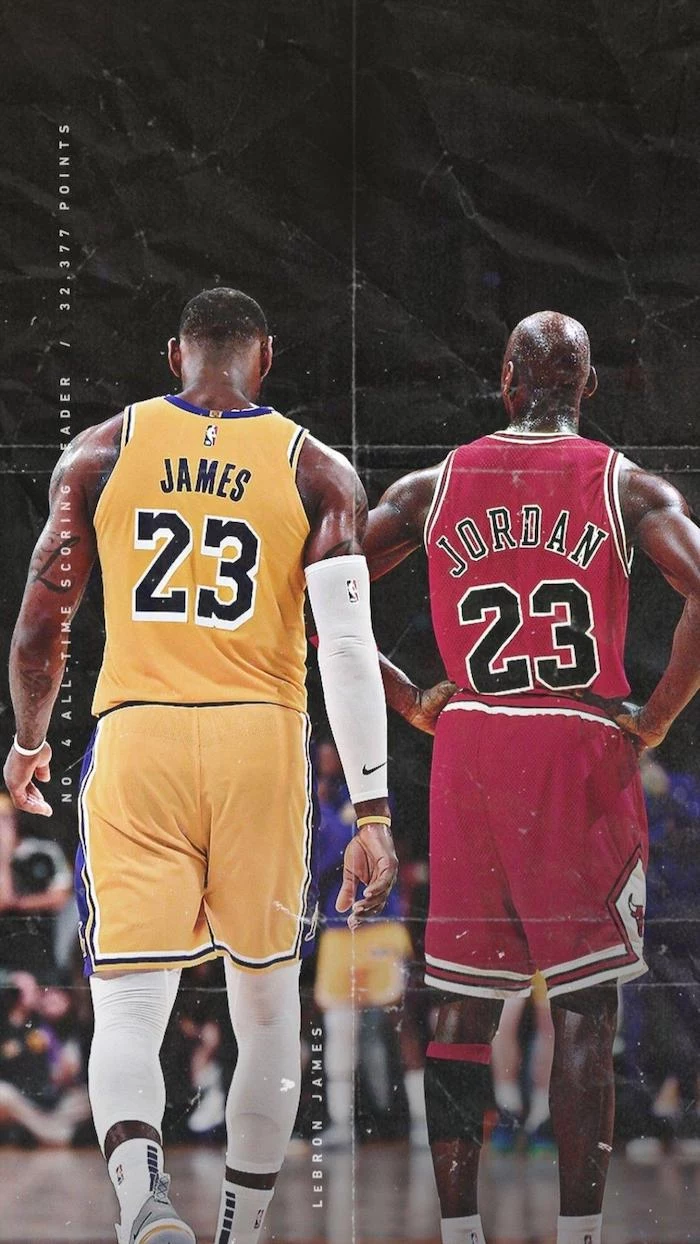
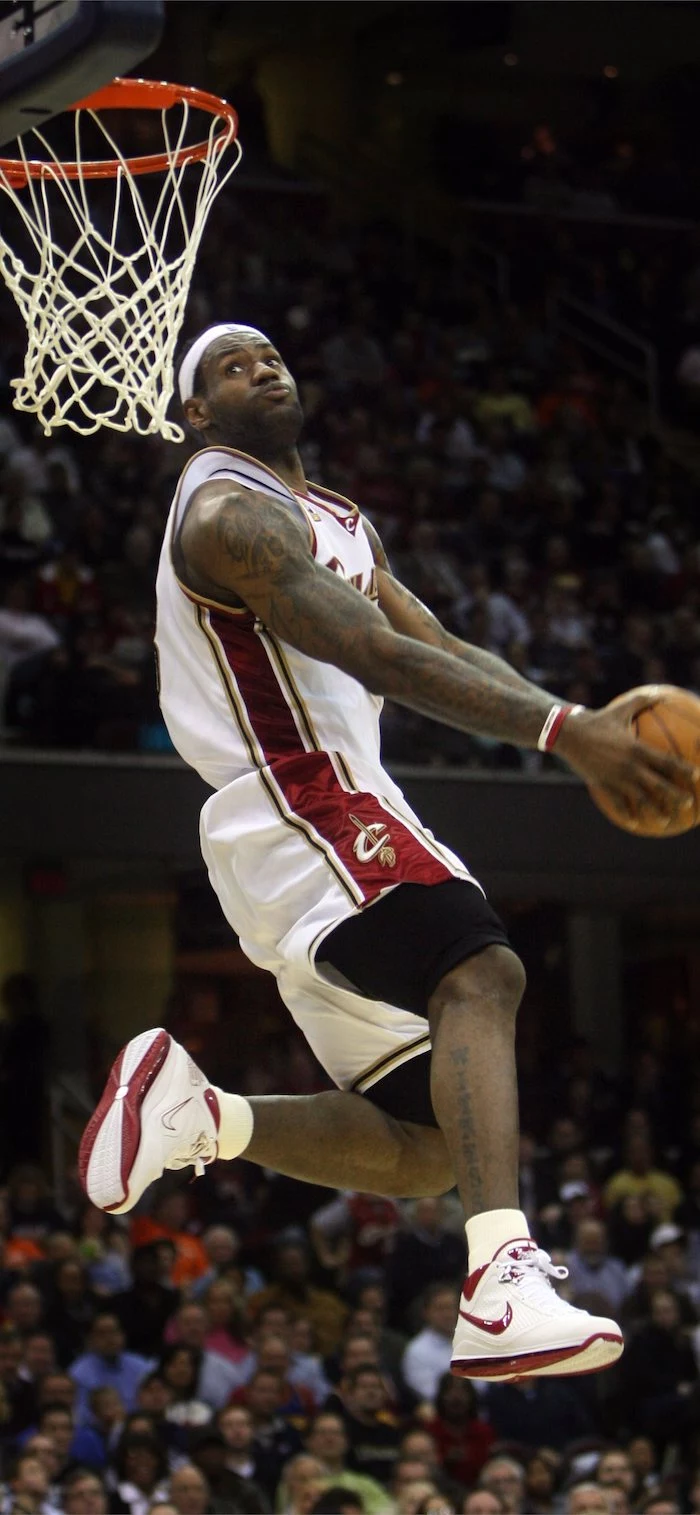
The Inner Circle: Early in his career, he established LRMR Ventures with his childhood friends Maverick Carter, Rich Paul, and Randy Mims. This wasn’t just about loyalty; it was a strategic move to build a trusted team that understood his vision, allowing him to control his brand and business ventures long before athlete empowerment became a trend.
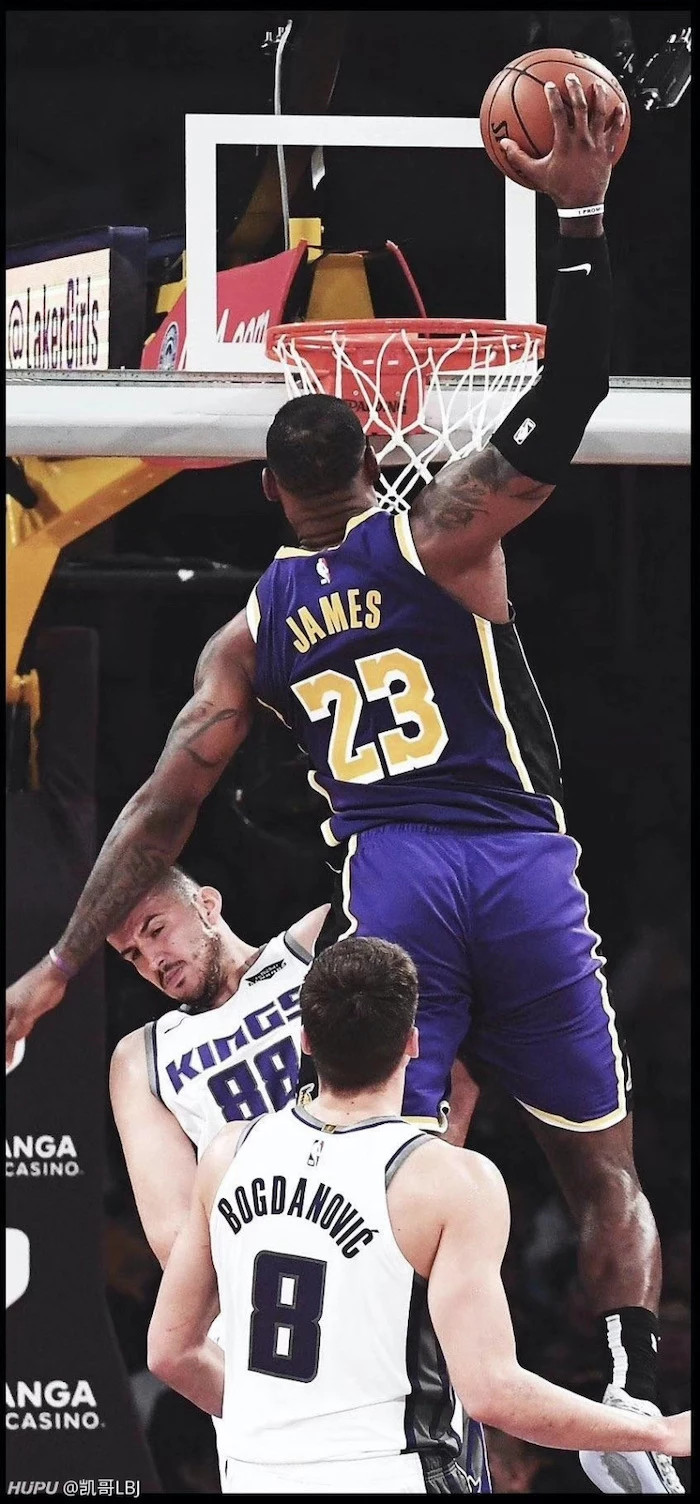
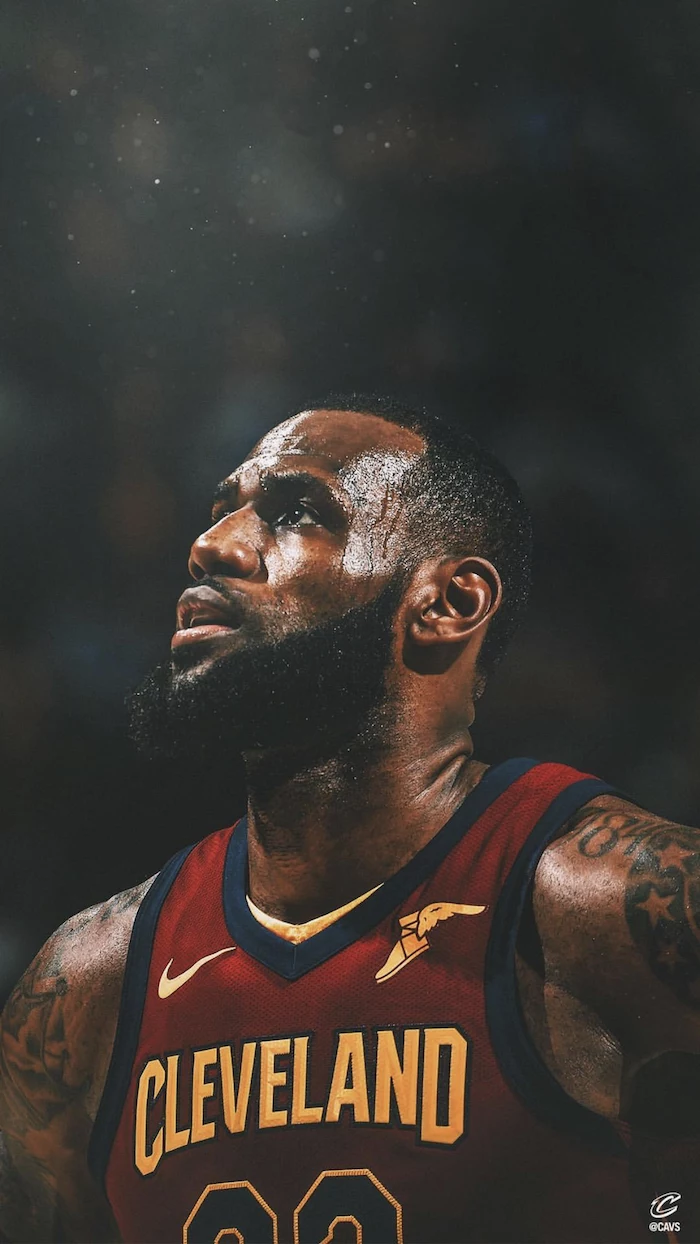
He reportedly spends over $1.5 million per year just on his body.
This staggering figure isn’t an indulgence; it’s an investment. It covers everything from personal chefs and trainers to cutting-edge recovery technology and bespoke training programs. When your body is your business, maintenance is the primary cost of operations.

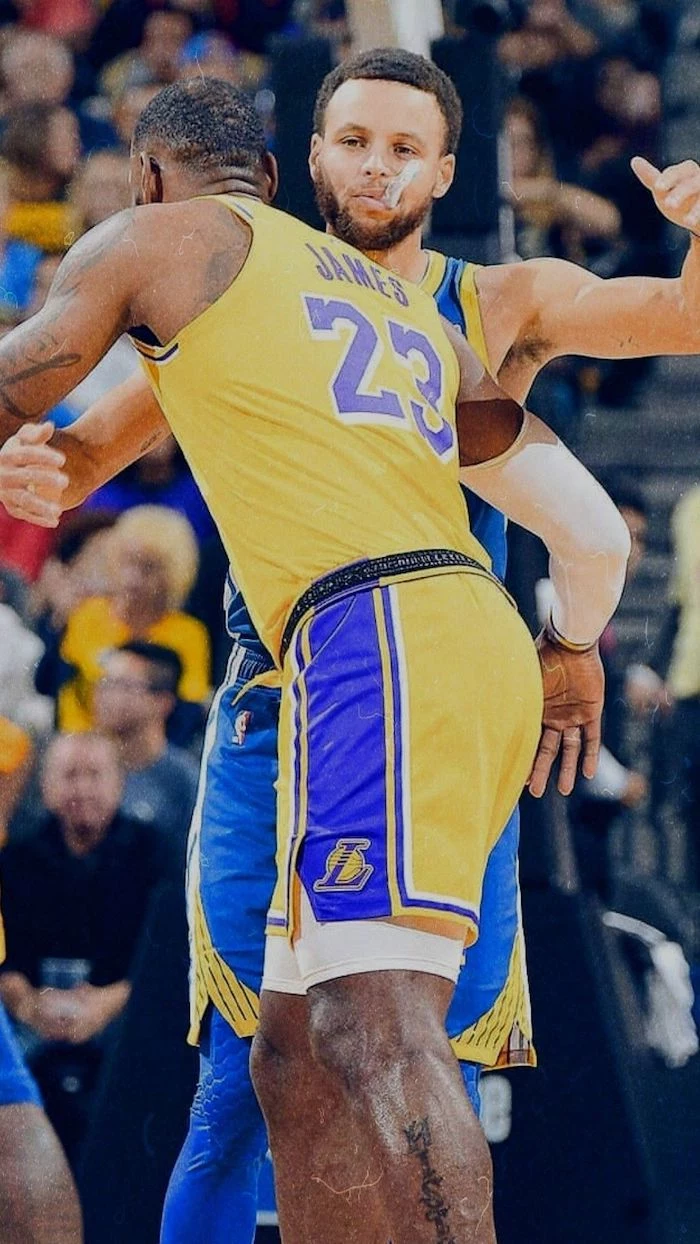
How does he handle the immense mental pressure?
He famously institutes a social media blackout during the playoffs, a practice he calls
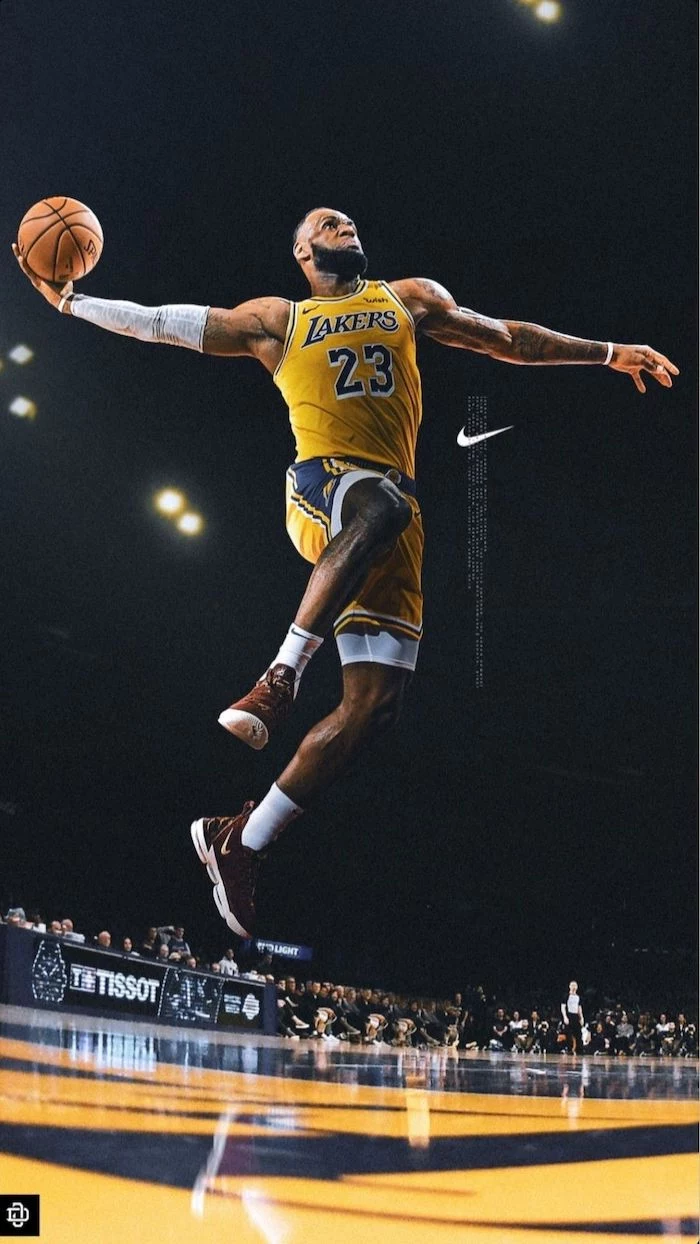
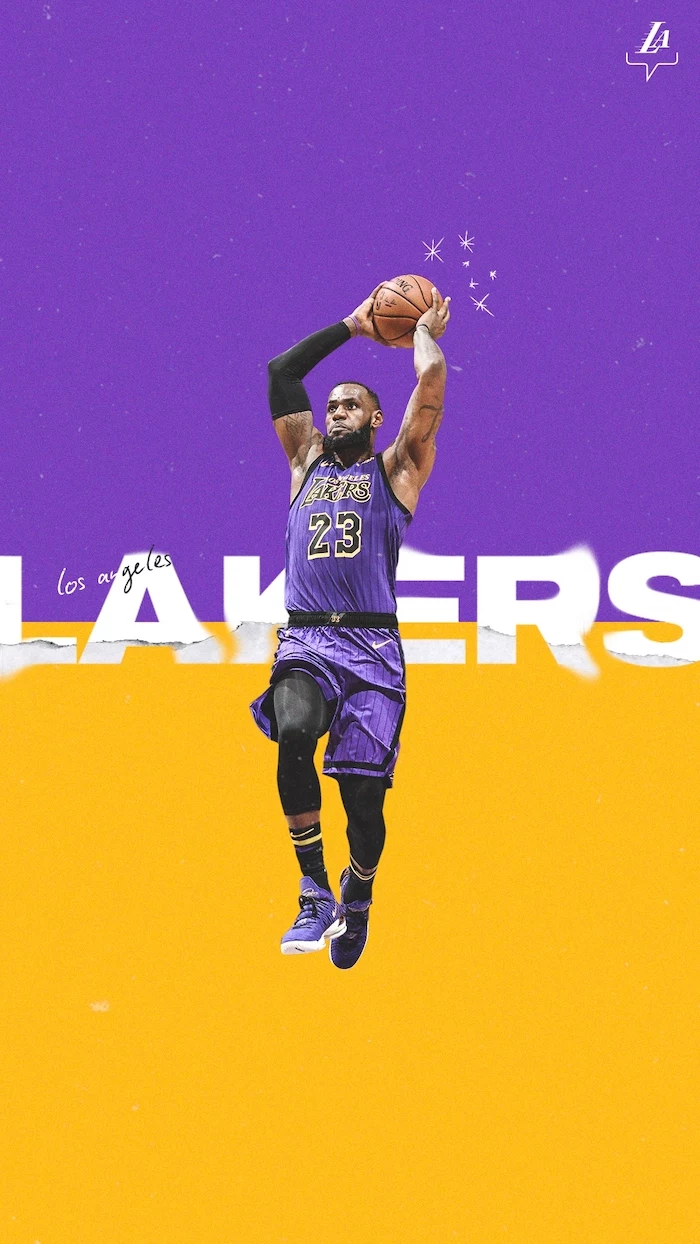
Beyond the court, his most significant assist might be the ‘I Promise’ School in his hometown of Akron, Ohio. This public school, founded through his foundation, provides at-risk children with resources far beyond a standard education, including food, uniforms, and family support, creating a legacy that will long outlast any scoring record.
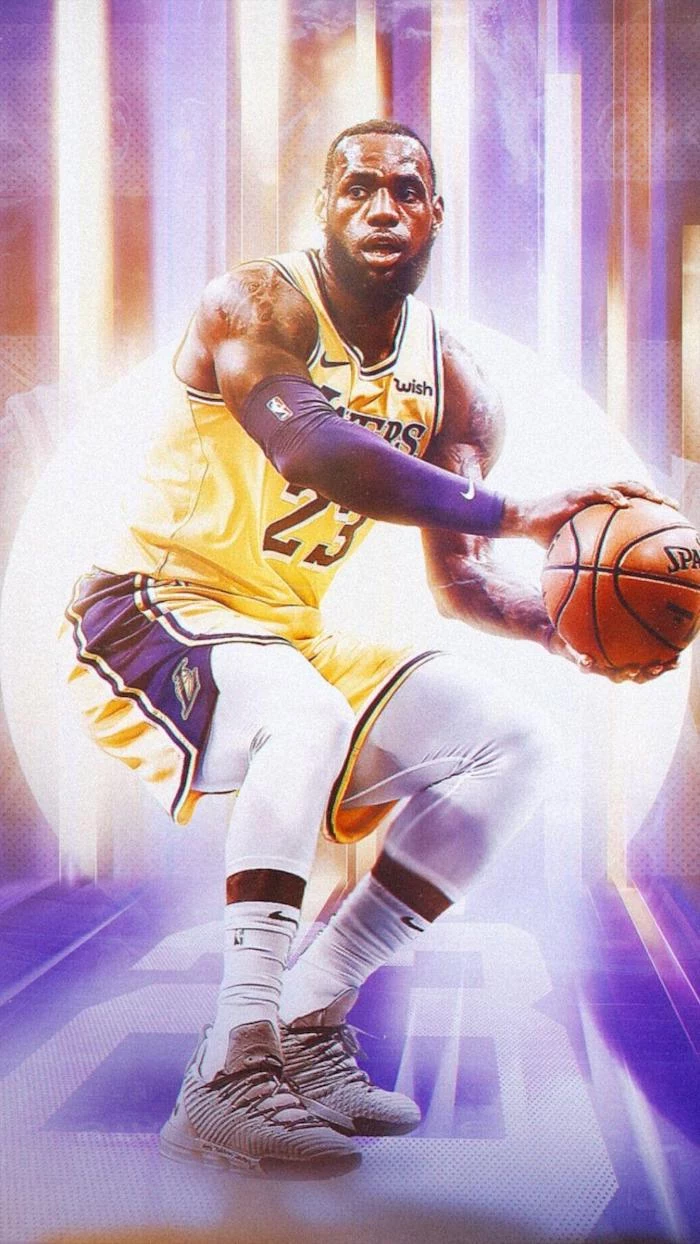
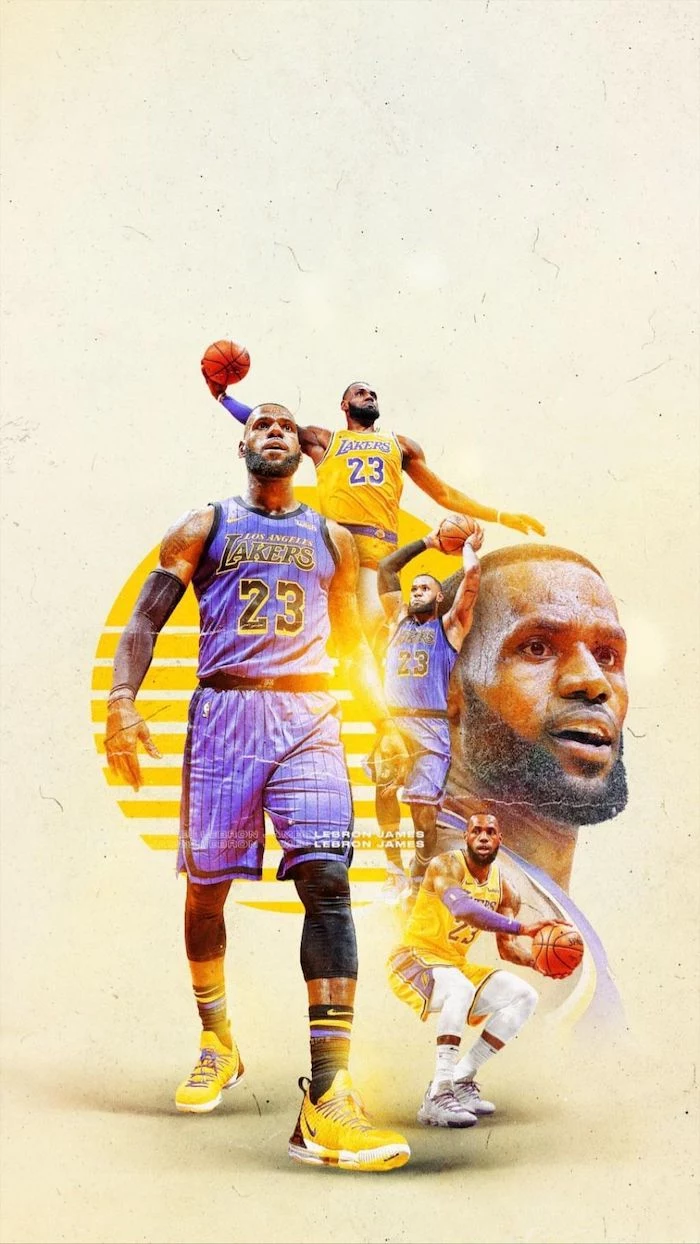
The Scoring Title Evolution: In 2008, he won his only scoring title as an explosive, athletic marvel who lived at the rim. In 2023, he broke the all-time scoring record as a completely different player—a methodical tactician with a deadly fadeaway jumper and deep three-point range. His scoring is the clearest evidence of his constant reinvention.
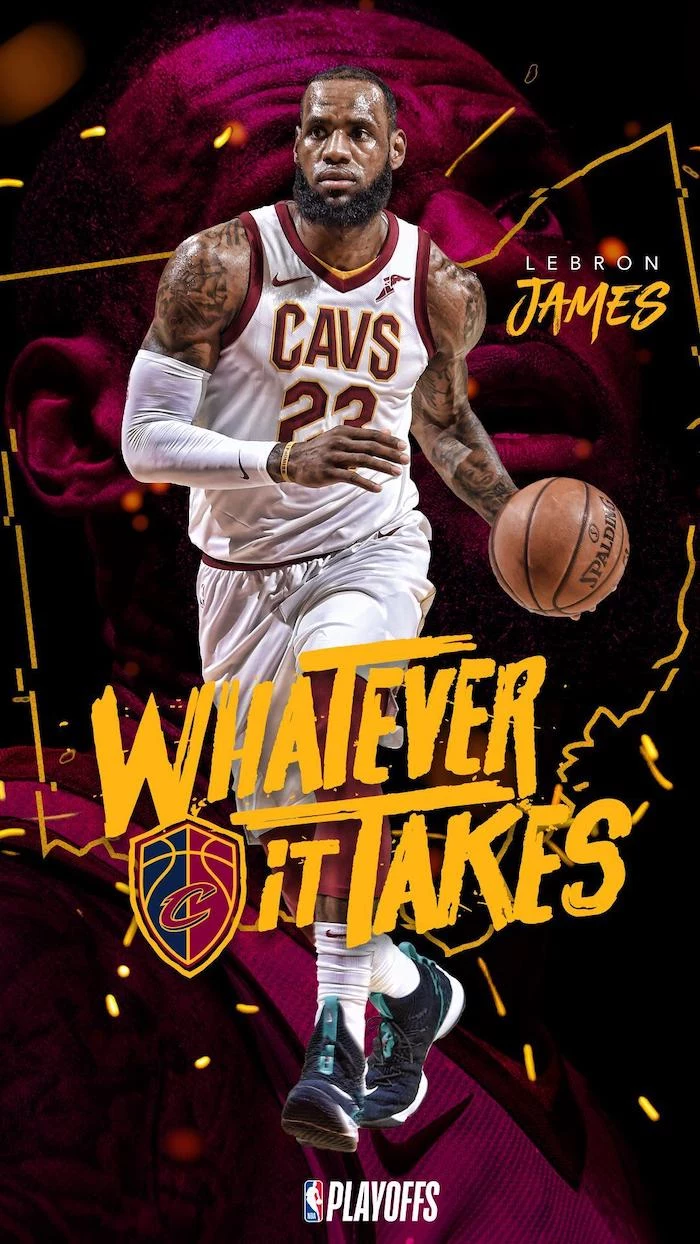
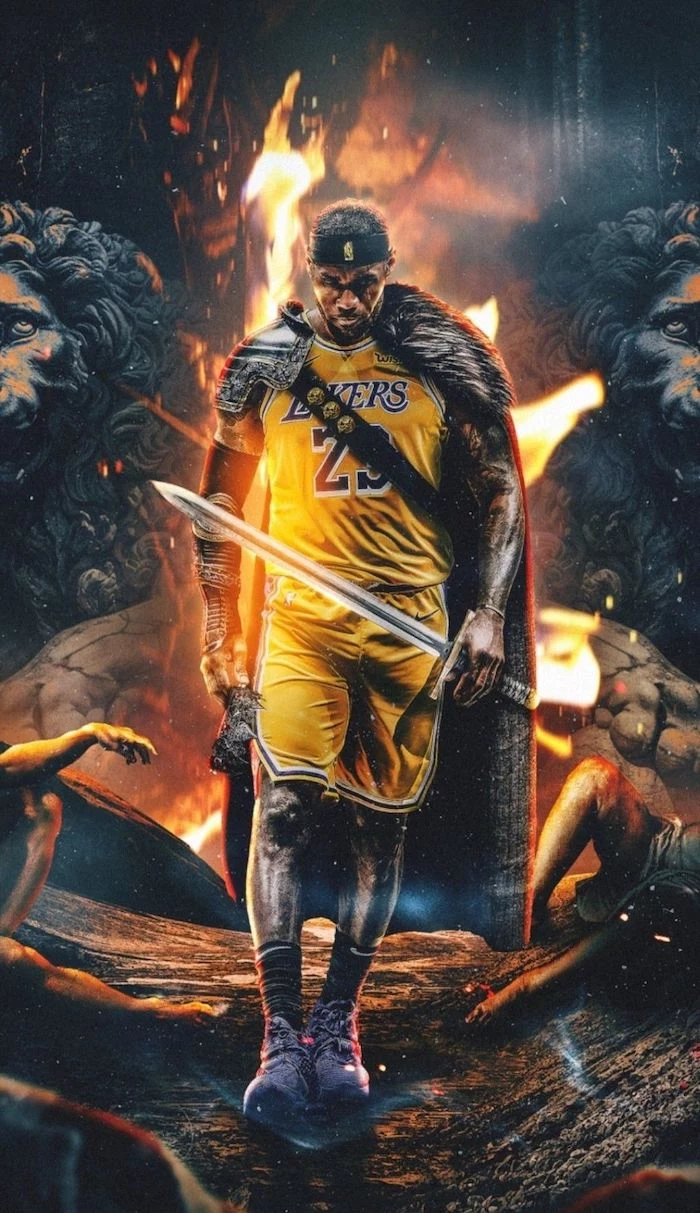
The evolution of his signature Nike shoe line tells a story. Early models, like the Air Zoom Generation, were bulky and built for pure force. Contrast that with a modern release like the LeBron XX, which is low-cut, lighter, and engineered for precision and speed with Zoom Air cushioning. The technology has adapted right alongside his game.
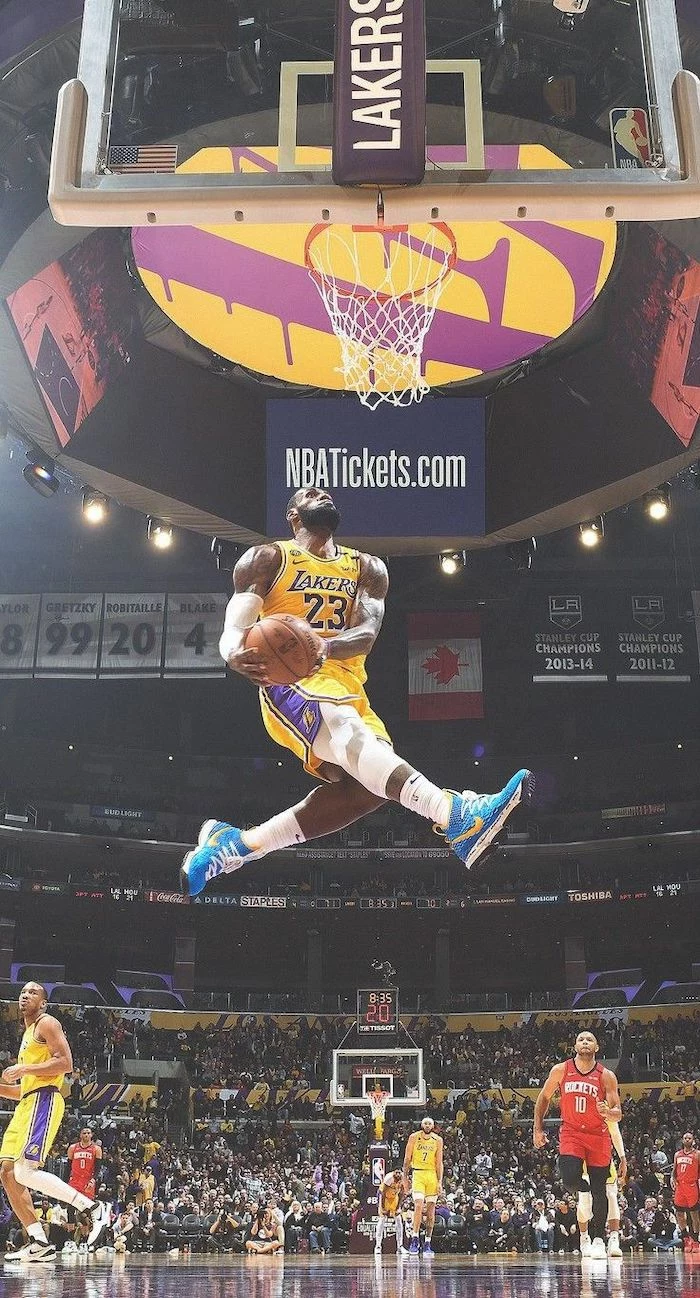
He has methodically added skills to prolong his career:
- The Post Game: Developed in Miami to punish smaller defenders and conserve energy.
- Three-Point Volume: Went from a reluctant shooter to a confident, high-volume threat, adapting to the league’s modern style.
- The
A Global Businessman: His influence extends far beyond basketball. As a partner in Fenway Sports Group, he holds an ownership stake in major sports franchises like the Boston Red Sox and Liverpool F.C., demonstrating a sharp business acumen that places him in a rare class of athlete-investors.
- Build a powerful media company (The SpringHill Company).
- Produce major Hollywood films and documentaries.
- Launch a successful tequila brand (Lobos 1707).
The key? He leverages his platform not just to endorse products, but to own the means of production, transforming from a pitchman into a mogul.
The Cleveland Comeback: The iconic block on Andre Iguodala in the 2016 Finals wasn’t just a defensive masterpiece. It symbolized the fulfillment of a promise—a desperate, full-speed chase to bring a championship home and rewrite the narrative of his departure years earlier. It’s a moment frozen in sports history.
What does a 250-pound athlete eat to stay lean and powerful?
His diet, overseen by personal chefs, is a precise balance of lean proteins, complex carbs, and healthy fats. A typical day might involve egg-white omelets, whole-wheat pasta, large salads, and plenty of grilled chicken or fish. He famously avoids red meat during the season to optimize recovery and reduce inflammation.
He’s the only player in NBA history to record at least 10,000 points, 10,000 rebounds, and 10,000 assists.
This isn’t just a record; it’s the statistical definition of his game. It proves he isn’t just a scorer, a rebounder, or a playmaker—he’s all three at an elite level, a versatile basketball Swiss Army knife the league has never seen.
The Home Gym Arsenal: Forget a simple bench press. His personal workout space is equipped with cutting-edge gear like the Tonal smart gym for AI-guided strength training and a VersaClimber for low-impact, full-body cardio, ensuring his training is as efficient and intelligent as his on-court play.
The Miami Heat Era: This was his corporate phase. He joined a super-team, accepting a slightly smaller role to learn how to win championships. He honed his efficiency and defensive prowess, emerging with two titles and an MBA in winning.
The Second Cleveland Era: This was the hero’s journey. He returned as the undisputed leader, tasked with elevating a young team. It was less about fitting in and more about shouldering the entire franchise, culminating in the historic 2016 championship.
His pre-game chalk toss was more than a routine; it was theater. It engaged the home crowd, created an iconic visual, and served as a mental trigger—a definitive moment that signaled to himself, his teammates, and his opponents that he was ready for battle.
A wine connoisseur?
Yes. His well-documented love for fine wine is more than a hobby. It’s a way to decompress, connect with teammates on the road, and cultivate an identity outside the gym. From Screaming Eagle to Sassicaia, his sophisticated palate reflects a man who appreciates craftsmanship in all its forms.
Learning from
- He has played in 10 NBA Finals, including eight consecutive appearances from 2011 to 2018.
- He has won championships with three different franchises (Miami, Cleveland, Los Angeles).
The implication? He’s a portable championship culture, a singular force capable of elevating any organization to the highest level.
The rivalry with Stephen Curry and the Golden State Warriors defined the mid-2010s. It was a clash of styles: his physical, methodical dominance against Curry’s revolutionary three-point shooting. These four consecutive Finals matchups pushed both players to evolve, creating one of the most compelling competitive sagas in sports.
More than an athlete.
This phrase, popularized through his media company Uninterrupted, has become his mantra. It’s a declaration that his identity isn’t confined to the basketball court, asserting his right to be a vocal citizen, a businessman, and a community leader.
The Photographic Memory: Coaches and teammates have long marveled at his eidetic memory. He can recall specific plays, defensive coverages, and opponent tendencies from games played weeks or even years ago. This mental database gives him a strategic edge that is just as potent as his physical gifts.
